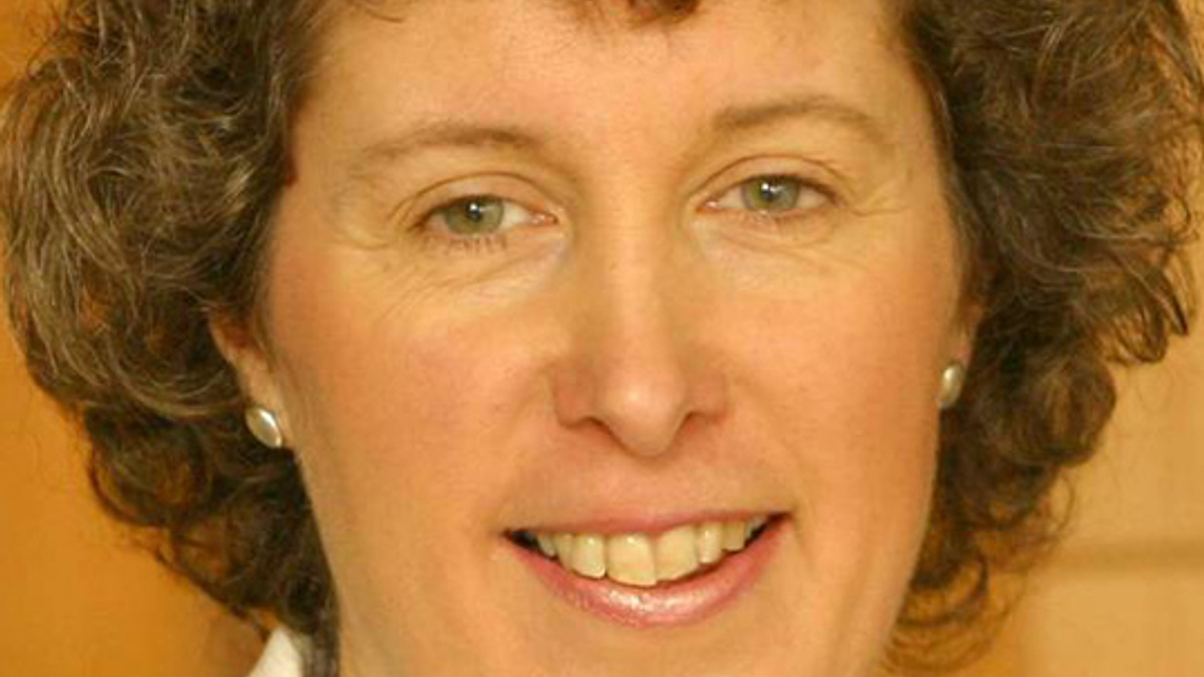Ucits IV will bring clarity and consolidation, says BNP Paribas
An Asian version of Ucits could help funds act in a more pan-regional manner, says Margaret Harwood-Jones of BNP Paribas Securities Services in the first of two articles on Ucits IV.

The European Union's Ucits III fund structure is proving increasingly popular in Asia as well as in Europe, and Ucits IV is set to make further improvements to the scheme.
Sign In to Your Account
Access Exclusive AsianInvestor Content!
Please sign in to your subscription to unlock full access to our premium AI resources.
Free Registration & 7-Day Trial
Register now to enjoy a 7-day free trial—no registration fees required. Click the link to get started.
Note: This free trial is a one-time offer.
¬ Haymarket Media Limited. All rights reserved.


